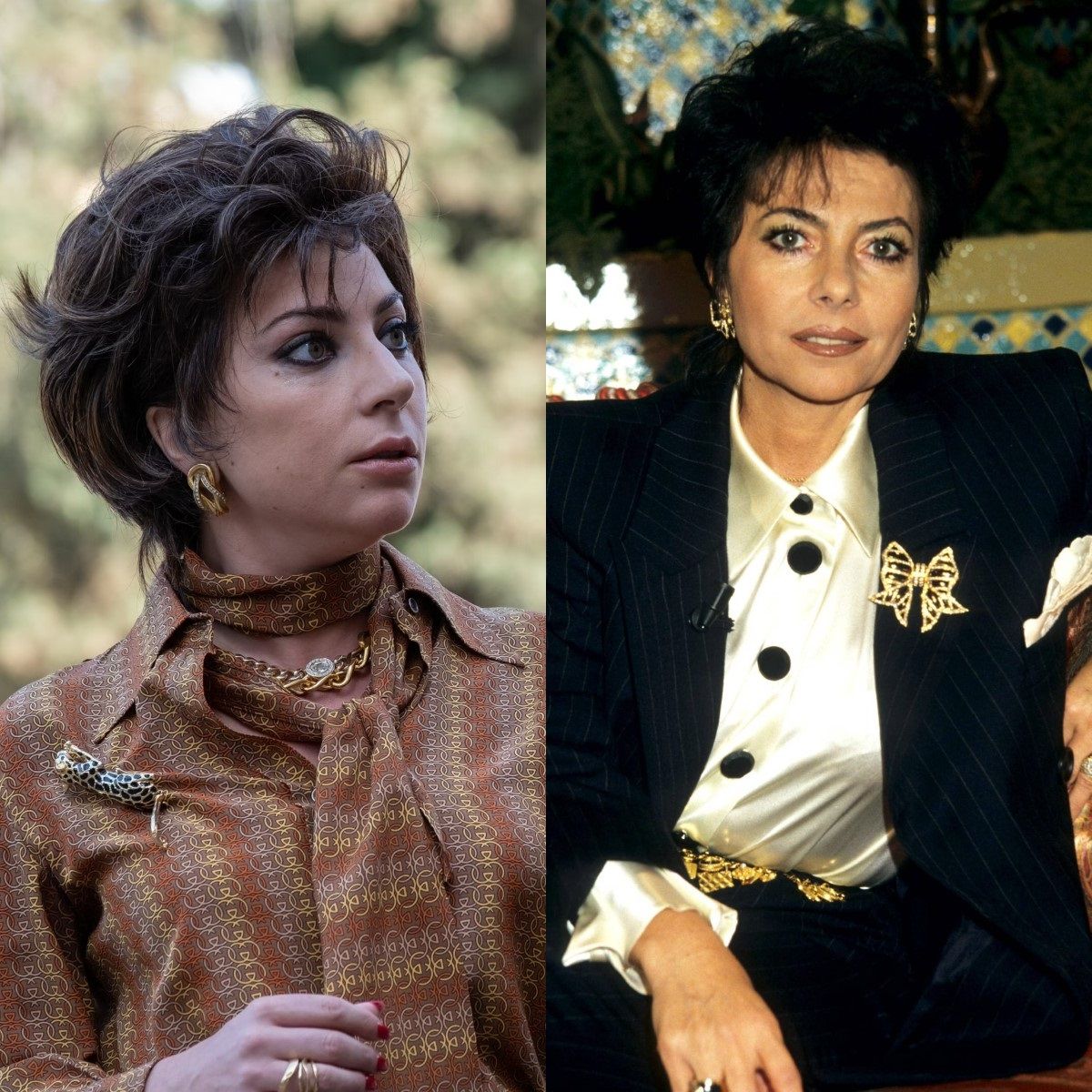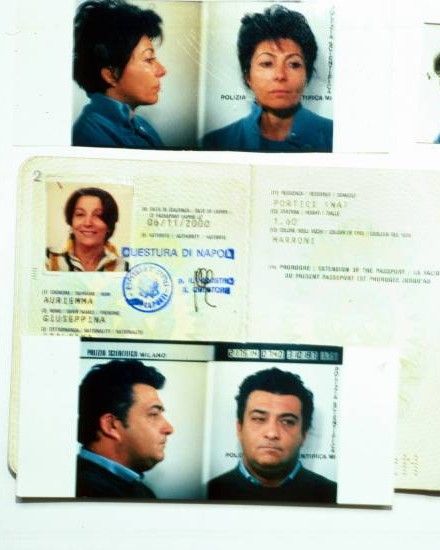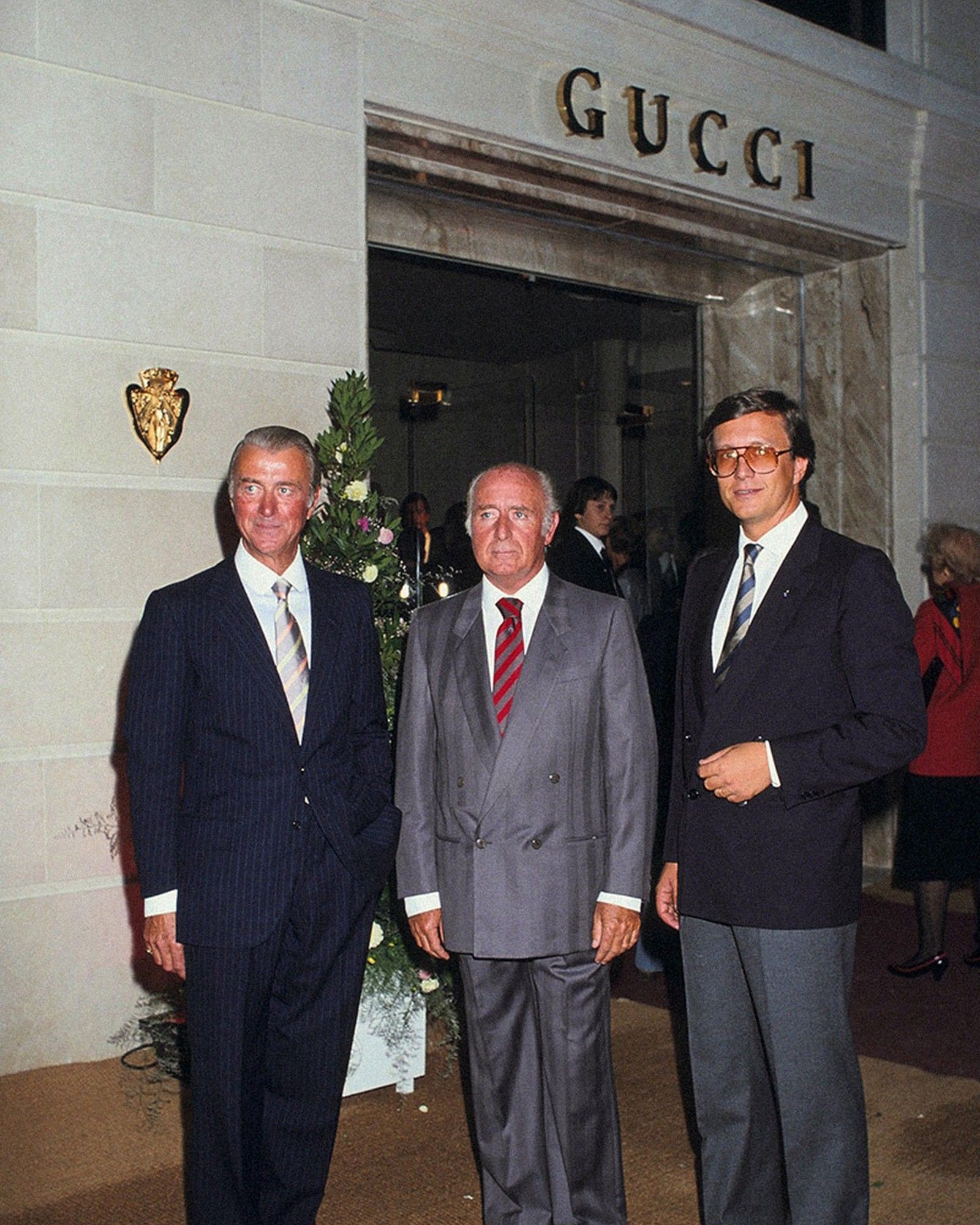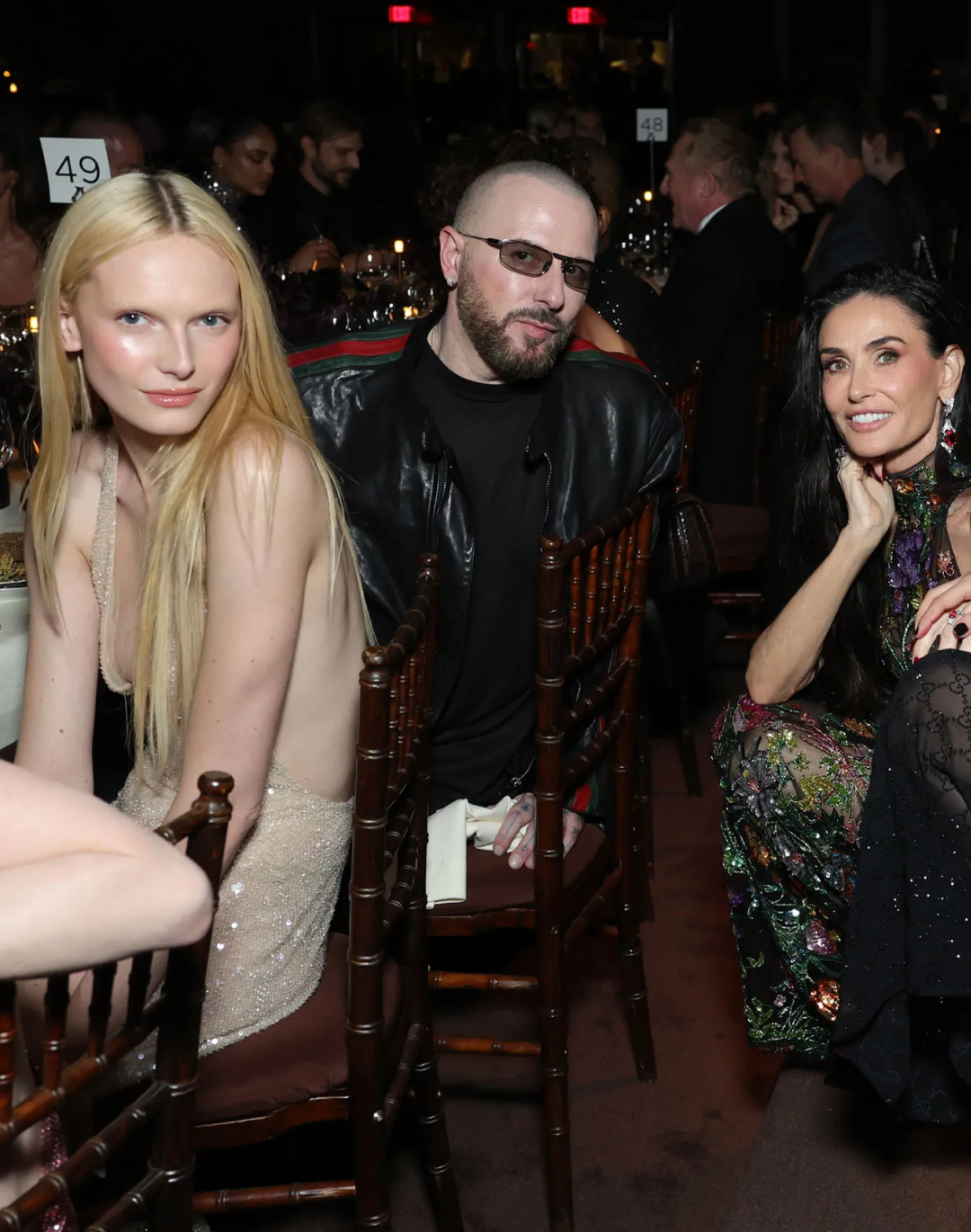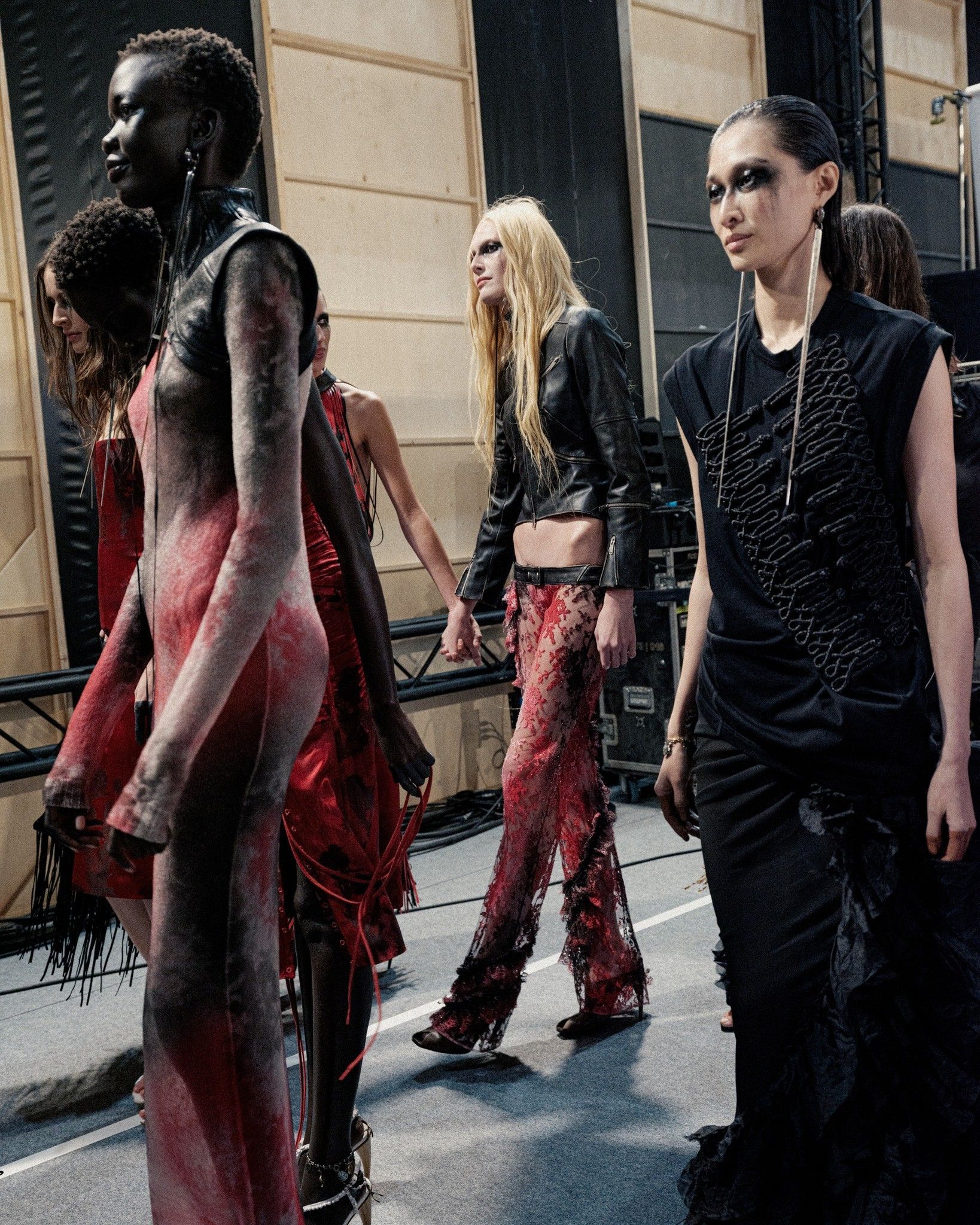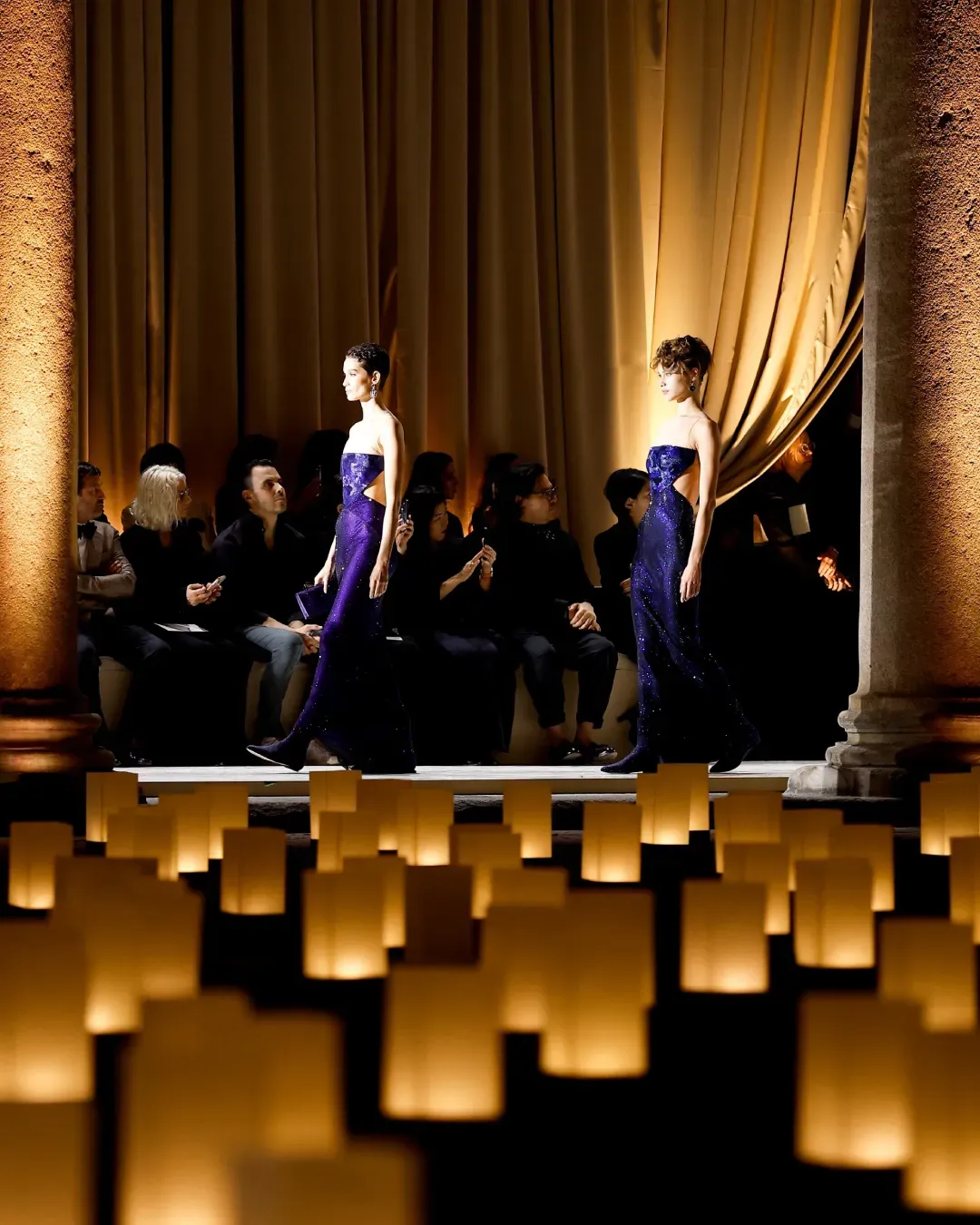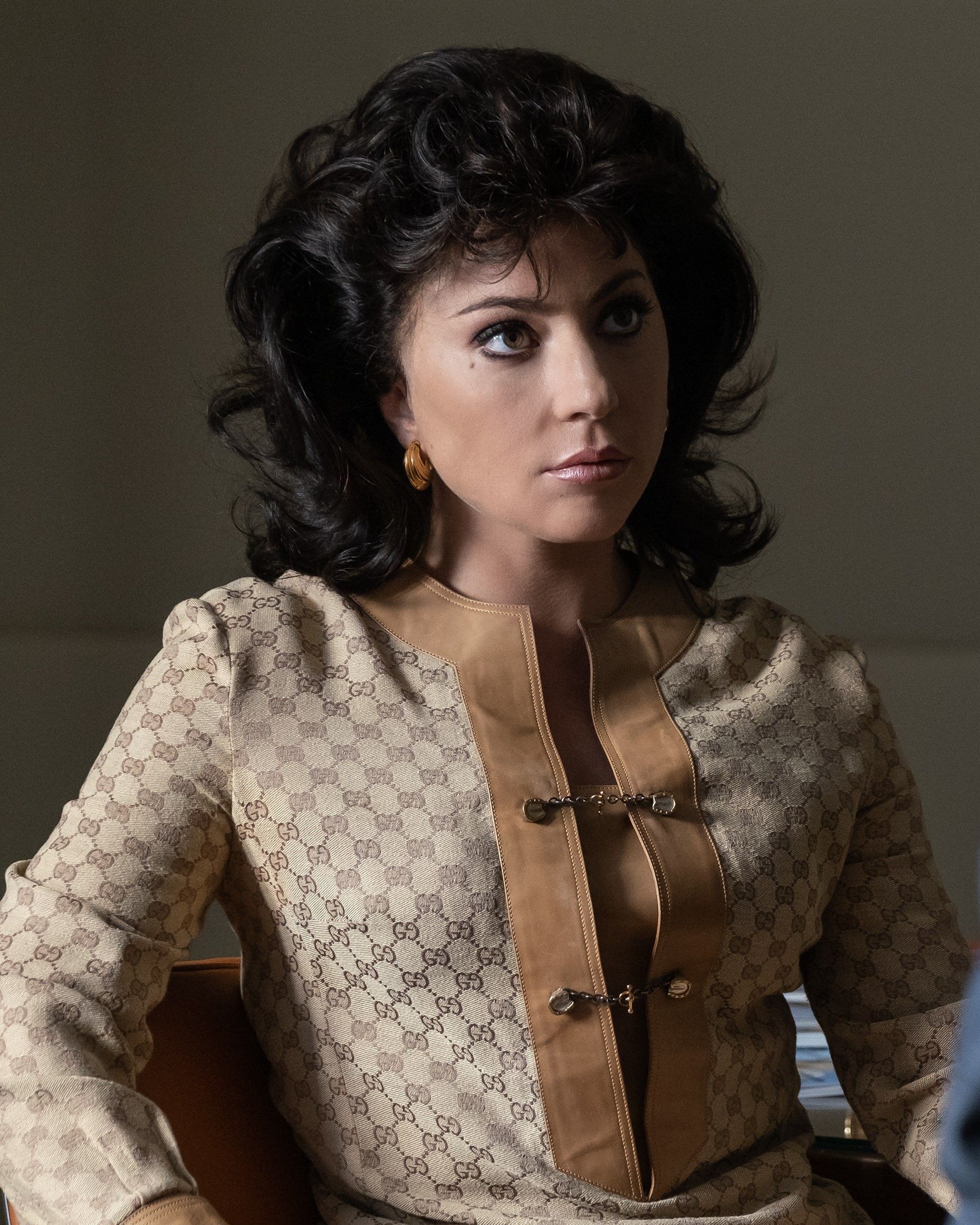
The true story of "House of Gucci" Before watching the Lady Gaga movie, rediscover the saga that shocked Italy
In recent years, interest in fashion films has grown exponentially, however, they are not always treated with due historical accuracy. A prime example of this is Ridley Scott's House of Gucci, starring Lady Gaga and Adam Driver, which was released amid high expectations in 2021 but turned out to be disappointing in some respects even if very entertaining. Despite being one of the genre's most celebrated films, its fidelity to historical reality has been questioned by several critics and members of the Gucci family themselves. In response to this demand for more accurate and in-depth information about the history of the Gucci family, nss magazine has created a series of articles divided into three "installments," offering a more accurate and detailed reconstruction of the events and personalities that have shaped the brand over the years.
The three chapters trace the rise of Maurizio Gucci to the top of the family business, the crisis of his marriage with Patrizia Reggiani, the planning of the murder, his execution at the hands of two hitmen in Milan and, finally, the long process that led to the arrest and conviction of those responsible. Although the story did not have great international resonance at the time, in Italy it represented the final chapter of a media epic that went on over the course of almost fifteen years, full of double crosses, betrayals, revelations and twists, of which the last was the death of Maurizio Gucci.
Lady Gaga BODIED Patrizia Reggiani’s accent in #HouseOfGucci pic.twitter.com/qIf9aJHRiL
— Gaga Daily Plus (@gagadailyplus) August 1, 2021
The story of his assassination was perhaps the first to reveal in front of a global audience the secrets, crimes and baseness that were hidden behind the glittering façade of the fashion world and in the lives of its very rich protagonists. A tragedy that also marked the end of an era for fashion, in which brands stopped being traditional family businesses and became luxury multinationals, in which the large industrial conglomerates that dominate fashion today began to take shape and the very idea of luxury and fashion headed towards a change from which there would never be a return.
At the center of the whole story there is only one figure, Patrizia Reggiani, socialite of the Milan's upper crust, protagonist of the world jet-set, scandalous femme fatale and last icon of a fallen world that, after having dominated the roof of the world for years, lived her last days of glory in a cell of San Vittore, being released only many years later, in a world now different, which had forgotten her.














































